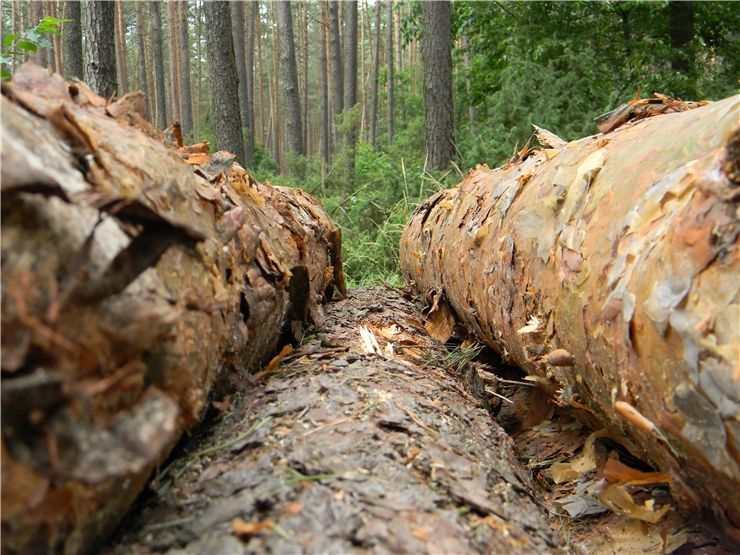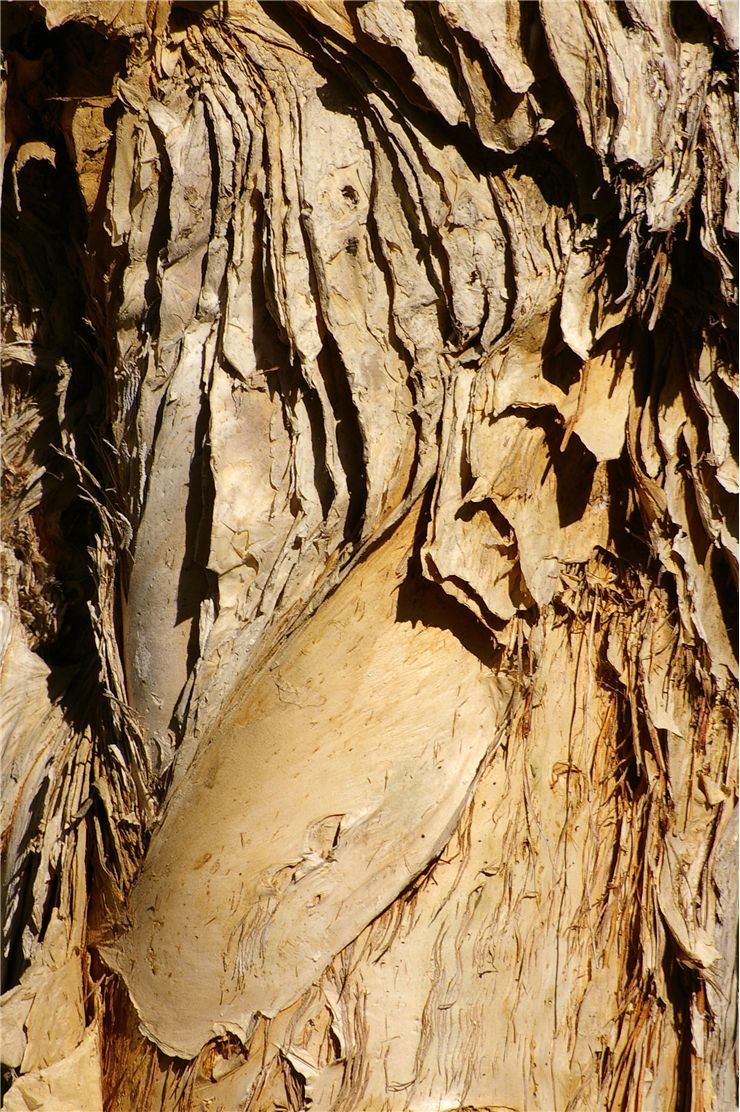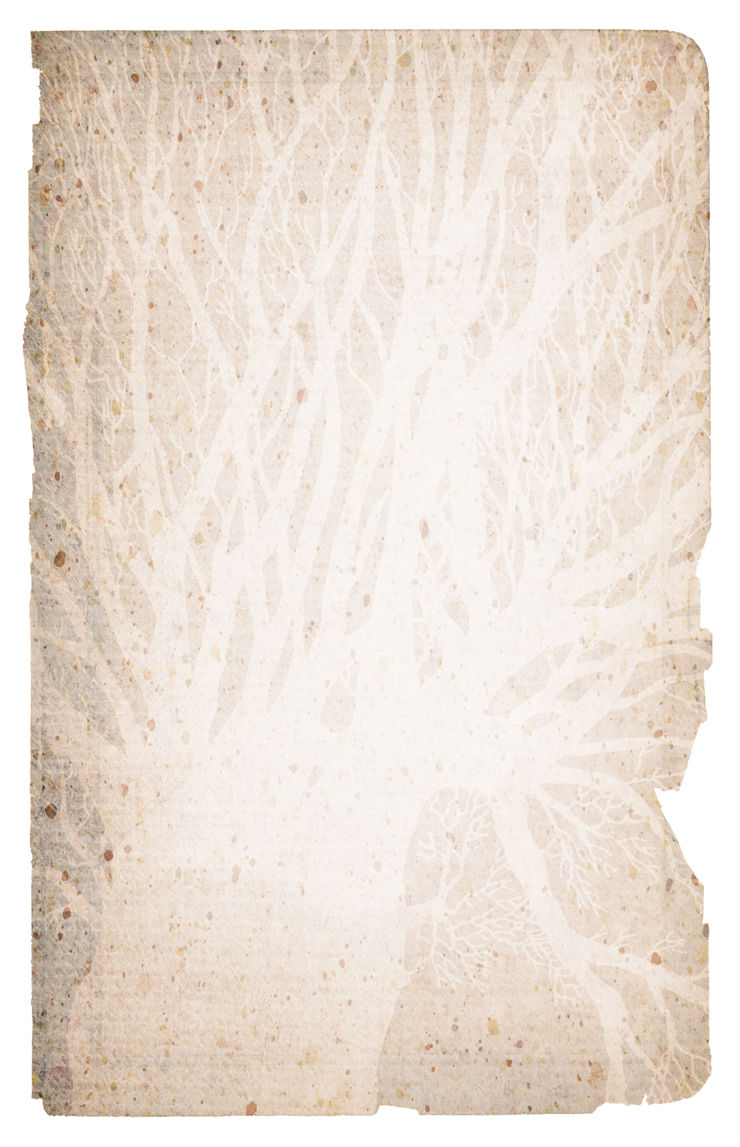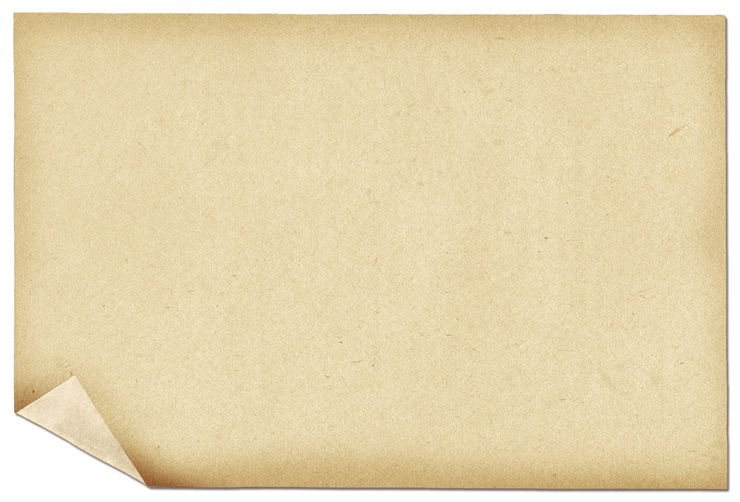How paper is made?
Papermaking is the process of creating paper from any substance that is rich with fibers. The history of this complicated process has started more than 2000 years ago in ancient china, much later than the ancient Egyptians had the access to the paper-like items such as papyrus and skin parchment. Even though those two older paper-like substances were in use for millennia earlier and Chinese had access to them somewhat, they were notoriously hard to use in most conditions.
First proof of paper used in China came from 3rd and 2nd century BC as a wrapping paper. Between 8 and 220 AD, organized production of writing paper began in china, with the recipe that consisted of processed mulberry plant, bast fibers from many other plants, fishnets and old rag and similar other fiber-rich items. In 3rd century AD writing paper became commonplace, in 6th century toilet paper, 7th paper tea bags, and 10th century paper money. Before that happened, Arabs managed to find out secret of paper production, spreading it slowly around known world, and arriving to Europe in 11th century.
By 13th century, Italian papermaking industry began with small steps, but it became commonplace across entire Europe by 16th century. Modern paper production started in 19th century with the discovery of Fourdrinier machine which was able to produce rolls of paper and not just single sheets, and later on machine that could produce paper very fast for pulped wood (standard for manufacture of all modern commonly used papers).
So, how was paper produced before industrial machines become invented? The entire process was based on making a suspension of interwoven fibers that was slowly drained from water and pressed into thin and very dry shape.
Five basic steps of paper making are:
1. Selection of usable fibers (early paper was mostly mix of plant fiber, cotton, old rags and fishnets)
2. Transforming fibers into pulp by beating it while being submerged into water.
3. Addition of chemical ingredients that will adjust papers appearance (special mixes for writing, drawing or wrapping), durability and color.
4. Separating the resulting solution into suspension of fibers
5. Pressing and drying of fibers into its final form – paper.



